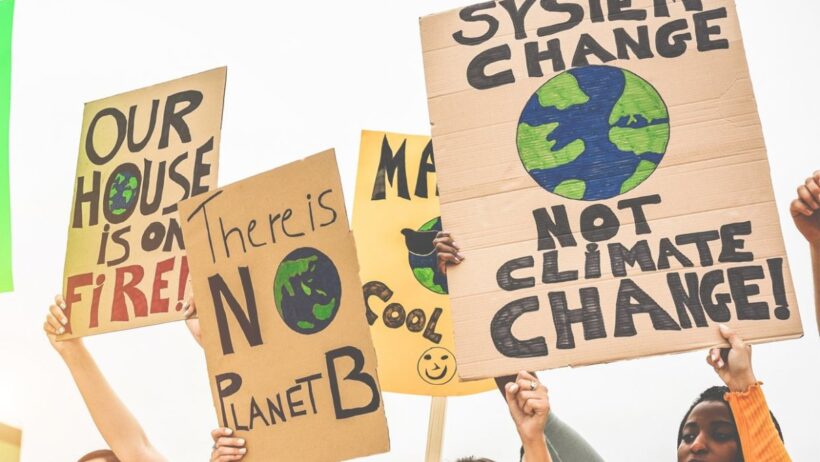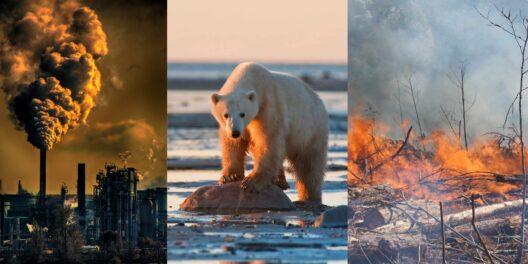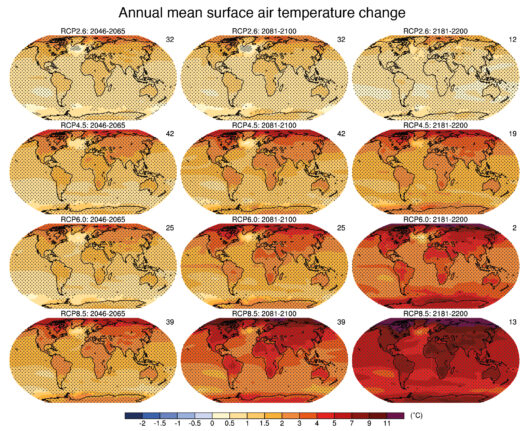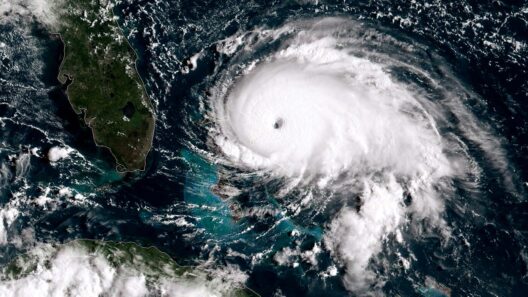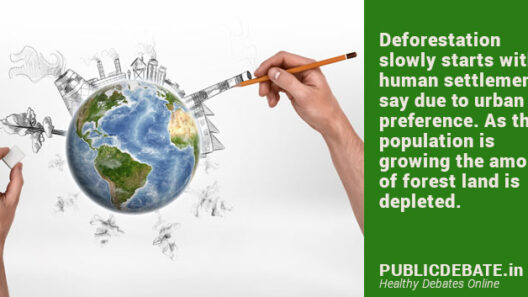Global warming, often perceived through a lens of doom and gloom, may also unveil a tapestry of unforeseen consequences, some of which disrupt the monochrome narrative of destruction and present a palette of potential benefits. While the overarching reality remains dire—as ecosystems falter, weather patterns oscillate, and humanity grapples with existential threats—there exists a curious juxtaposition where certain environments and communities might glean unexpected advantages from our changing climate.
As the metaphorical tide rises, we shall examine these emergent phenomena, grounding our exploration in a striking analogy: envision global warming as an intricate chess game, where each move and counter-move unfolds opportunities that are often obscured beneath the weight of impending catastrophe.
1. Agricultural Shifts: A Greener Table
One of the most salient effects of global warming is the alteration of agricultural viability across various regions. Warming temperatures can extend the growing season in temperate zones, transforming traditional farming practices. Crops that once struggled in cooler climates, such as grapes for wine production, may flourish in places where frost once reigned supreme. The shifting climate can resurrect areas rendered barren by historical cold, inviting new agricultural frontiers. In essence, global warming might stir the soil, welcoming a veritable cornucopia of harvest where once only desolation prevailed.
However, this so-called bounty comes with caveats. While the lengthened growing season may yield increased quantities of food, the quality of that food is not guaranteed. Increased temperatures can result in higher incidences of pests and diseases, posing a dual edge to this potential prosperity. Adaptation and innovation will be paramount; nonetheless, the resilience of human ingenuity shines through as farmers and researchers seek to create robust crops that can withstand the fluctuations of their ever-evolving surroundings.
2. Climate Refugees: The Dawn of New Opportunities
As some regions become uninhabitable due to extreme weather events and rising sea levels, others beckon as new havens for displaced populations. This migration could engender a unique cultural and economic rejuvenation in underpopulated areas. The infusion of diverse perspectives and skills brought by climate refugees might catalyze innovation, entrepreneurship, and growth in sectors that were previously stagnant. Such demographic shifts could resemble the renaissance of a once-obscured city, vibrant with a mélange of cultural narratives and shared experiences.
However, societal integration and cohesion will be critical to ensure that this newfound diversity cultivates mutual respect and understanding rather than conflict. Communities must navigate the delicate threads woven from this demographic tapestry, balancing the influx of new life while fostering the assimilation of cultures that have long been rooted in place.
3. Ecosystem Adaptations: Nature’s Resilient Dance
The natural world is not entirely devoid of benefits from global warming. Some ecosystems exhibit remarkable adaptability, transitioning to new equilibria that may support burgeoning biological diversity. Warmer temperatures could promote the proliferation of certain species that had previously teetered on the brink of extinction, lagging in the shadows of inhospitable conditions. Reforestation efforts could harness increased carbon dioxide levels to stimulate growth in carbon-sequestering vegetation, creating lush landscapes that serve as vital ecological buffers against climate instability.
In this regard, global warming may act as an accelerated catalyst for evolution and adaptation, granting flora and fauna the impetus to evolve in step with their changing surroundings. Nature’s ingenuity is unparalleled, akin to a masterful improvisation in a symphony that adapts to the changing score while simultaneously maintaining its core melody. This interplay between change and resilience underscores the intricate interdependence present within ecosystems.
4. Renewable Energy: A Silver Lining Amongst Dark Clouds
With the increasing severity of climate-induced events, there arises a clarion call for the transition toward cleaner energy sources. The shifting paradigm can invigorate economies, foster technological advancements, and mitigate the reliance on fossil fuels. Wind and solar energy, flourishing in a world that demands sustainable solutions, present remarkable prospects for reducing carbon footprints and lessening our dependence on outdated energy structures.
The embers of innovation kindled by adversity might illuminate pathways toward a future where renewable energies dominate. As investments surge into the green economy, not only can we lessen the sting of climate change, but we can also ignite a transformative economic revolution, akin to forging a new gold standard in energy production.
5. Global Awareness: Enlightenment Through Adversity
The heightened discourse surrounding global warming encapsulates a profound societal awakening. Awareness breeds engagement, imbuing individuals and communities with a sense of agency over their environmental footprint. As the specter of climate change looms larger, it reconciles people with the immediacy of their actions, encouraging collective movements toward sustainability. In this regard, the emotional urgency generated can forestall complacency, galvanizing efforts toward change that might ultimately prove fortuitous.
This awakening serves as the genesis of socially conscious initiatives, embodied in grassroots movements and global campaigns. Collective action can resonate across borders, fostering solidarity among nations. The rippling effects of this awareness illuminate pathways for collaboration and inspire innovative solutions at unprecedented scales.
Conclusion: The Shadow and the Light
It is an undeniable reality that global warming heralds a cascade of challenges that humanity must face. Yet, within the shadows cast by this ominous cloud, glimmers of potential emerge. The evolution of agriculture, the influx of climate refugees, the resilient dance of ecosystems, the promise of renewable energy, and the awakening of global awareness all paint a picture of paradoxical hope.
Just as night will eventually yield to dawn, so too can humanity navigate the complex landscape of global warming with ingenuity, compassion, and resilience. The chessboard of climate action is intricately positioned; we must be vigilant in leveraging the opportunities presented while remaining steadfast in guarding against the threats that loom ever larger. In doing so, we take steps toward a future that, despite its challenges, can also sparkle with the potential of a more sustainable and cohesive world.



